10 Grocery Shopping Budget Nightmares & 10 Smart Strategies to Save Money
Find out the top 10 budget-busting mistakes and smart strategies to help you save on your food bill.
- Chris Graciano
- 4 min read
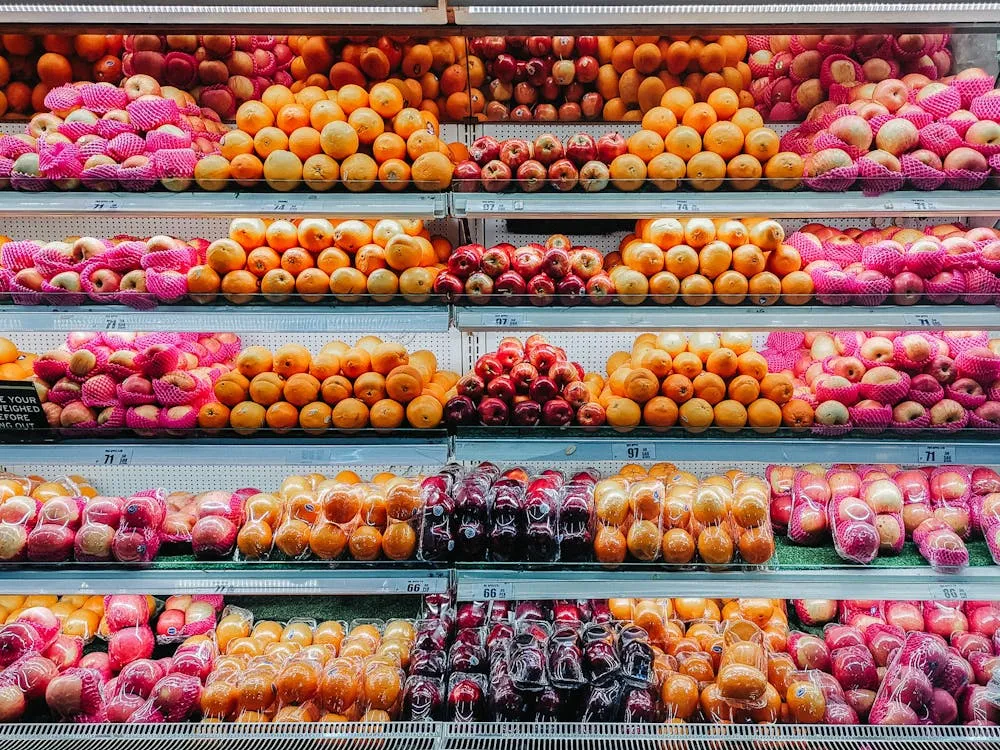
The ricing of prices these days can make it difficult to keep grocery costs in check. However, there are ways to minimize your next shopping bill. This listicle highlights 10 of the most common budgeting mistakes you can make at the supermarket and how you can take back control of your expenses.
1. Shopping Without a List
 Anna Shvets on Pexels
Anna Shvets on Pexels
Grocery shopping without a list will lead to impulse buys that can easily increase the total cost of your bill without realizing it.
2. Buying Pre-Packaged Convenience Items
 Oleksandr P on Pexels
Oleksandr P on Pexels
Although buying pre-packaged and pre-cut ingredients is convenient, they often have pricier tags on them.
3. Ignoring Store Sales and Discounts
 Justin Lim on Unsplash
Justin Lim on Unsplash
If you skip out on sales or forget to use coupons, you’re missing out on major savings.
4. Not Checking Your Pantry Before Shopping
 Zac Gudakov on Unsplash
Zac Gudakov on Unsplash
Failing to check your pantry before going grocery shopping will lead to purchasing duplicate items or ingredients.
5. Shopping While Hungry
 Jack Sparrow on Pexels
Jack Sparrow on Pexels
Doing shopping while hungry can increase the costs as you’re more like to grab extra snacks while walking along an aisle.
6. Opting for Brand Names Over Store Brands
 junjie xu on Pexels
junjie xu on Pexels
Sticking to name brands rather than going for store brands can cost more despite not much difference in quality.
7. Choosing Individual Servings Over Bulk
 Aleksandar Pasaric on Pexels
Aleksandar Pasaric on Pexels
Buying single-serve snacks is more expensive than buying in bulk and portioning the food yourself.
8. Buying Out-of-Season Produce
 Lukas on Pexels
Lukas on Pexels
Buying out-of-season fruits and vegetables will cost you more at checkout since they often have to travel further.
9. Ignoring Unit Pricing
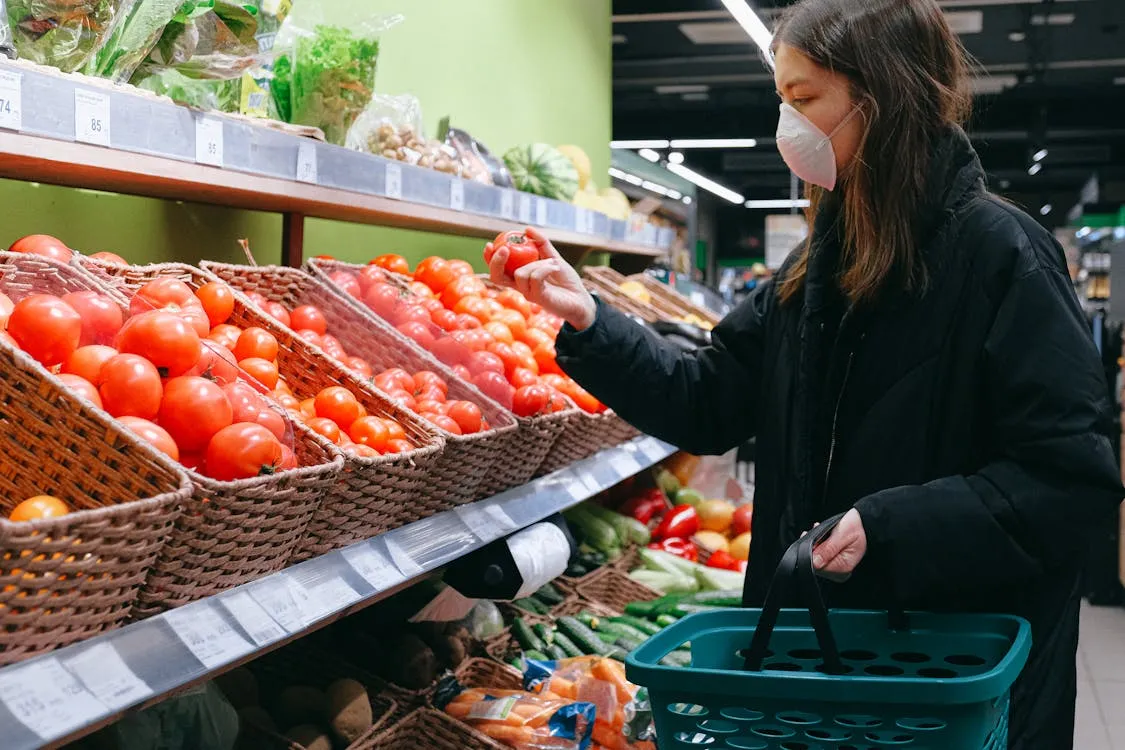 Anna Shvets on Pexels
Anna Shvets on Pexels
If you’re not checking unit prices, you’re most likely going to end up paying more for lesser quantities.
10. Frequent Small Grocery Trips
 Jack Sparrow on Pexels
Jack Sparrow on Pexels
Making small grocery trips every few days will lead you to more impulse purchases. Plus, it will add up to your transportation costs as well.
If you’re doing any of the above, don’t sweat it. Chances are you’re not the only one. That is why we’ve compiled concrete strategies that will help you save money on your future trips to the grocery.
1. Always Shop with a List and Stick to It
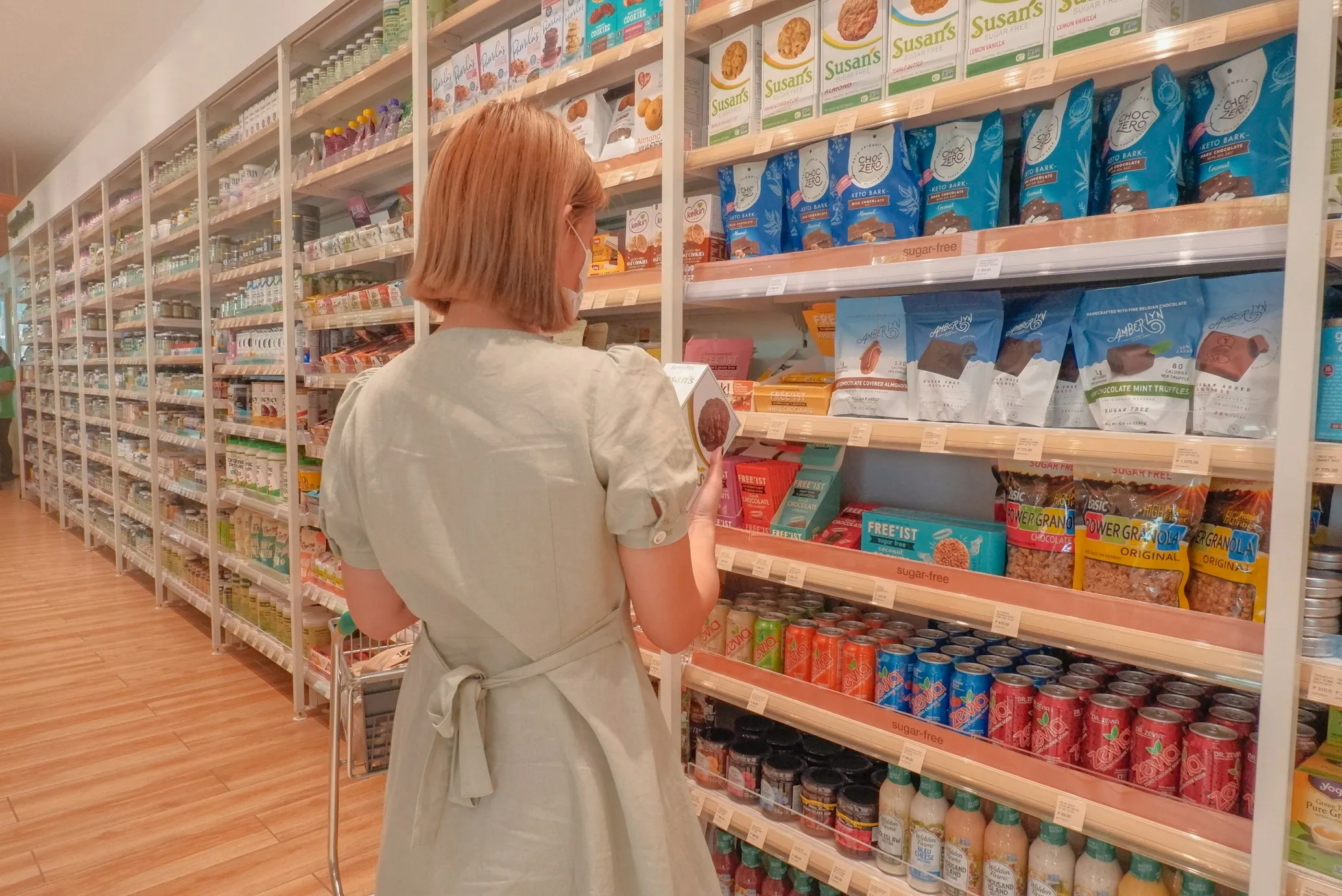 Rey Joson on Unsplash
Rey Joson on Unsplash
Before you go to the grocery, make a list of what you need to buy. Then, simply stick to it to avoid expensive trips.
2. Choose Whole Foods Over Pre-Packaged Items
 Helena Lopes on Pexels
Helena Lopes on Pexels
Instead of buy pre-cut or packaged foods, buy them whole and portion them yourself at home.
3. Check for Store Sales, Coupons, and Loyalty Rewards
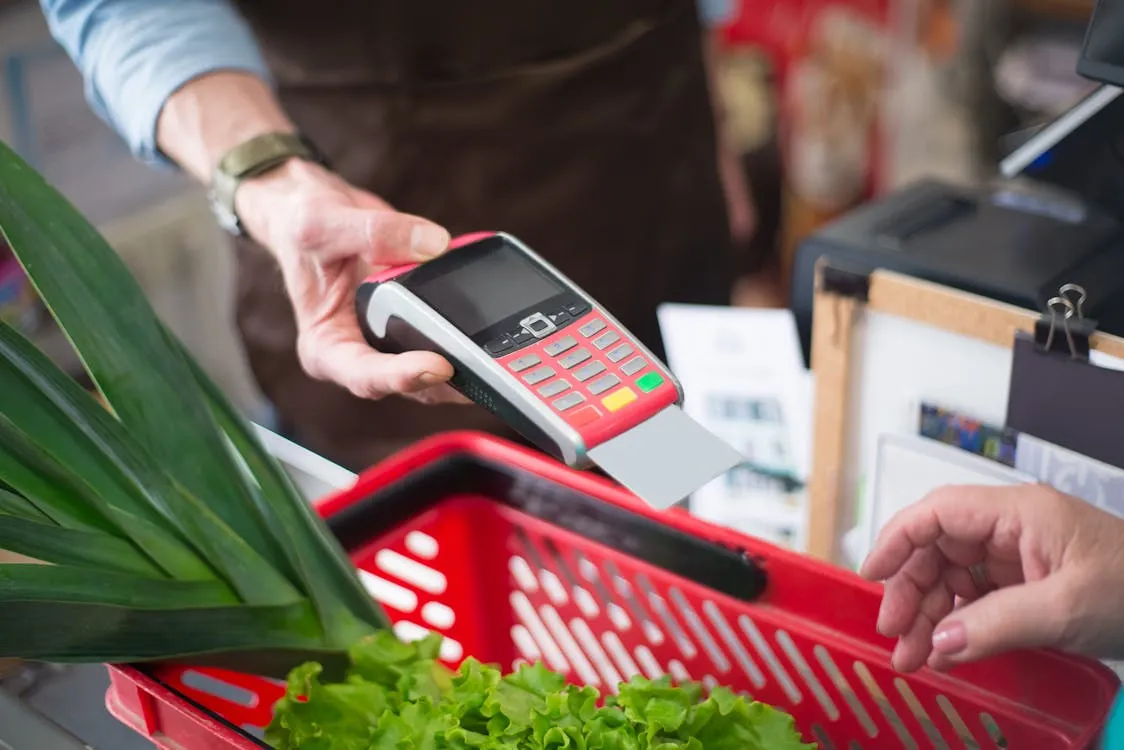 Kampus Production on Pexels
Kampus Production on Pexels
Be aware of any sales your supermarket might be having and schedule your next grocery trip then. Don’t forget your coupons and see if they have a loyalty rewards program for more savings.
4. Inventory Your Pantry and Fridge First
 Kampus Production on Pexels
Kampus Production on Pexels
Take stock of everything you have in your kitchen. Doing so minimizes cost and reduces potential food waste.
5. Shop After Eating a Meal
 Greta Hoffman on Pexels
Greta Hoffman on Pexels
Grocery shopping on a full stomach will save you from buying expensive treats and unplanned snacks.
6. Try Store Brands for Basics
 Peter Bond on Unsplash
Peter Bond on Unsplash
Store brands are much cheaper and can compete in terms of quality and taste, offering big savings on staple items.
7. Buy in Bulk and Portion at Home
 Hanson Lu on Unsplash
Hanson Lu on Unsplash
Buy grocery items in larger quantities and learn to portion them at home. This will help you save money, especially for snacks and other pantry staples.
8. Focus on Seasonal Produce
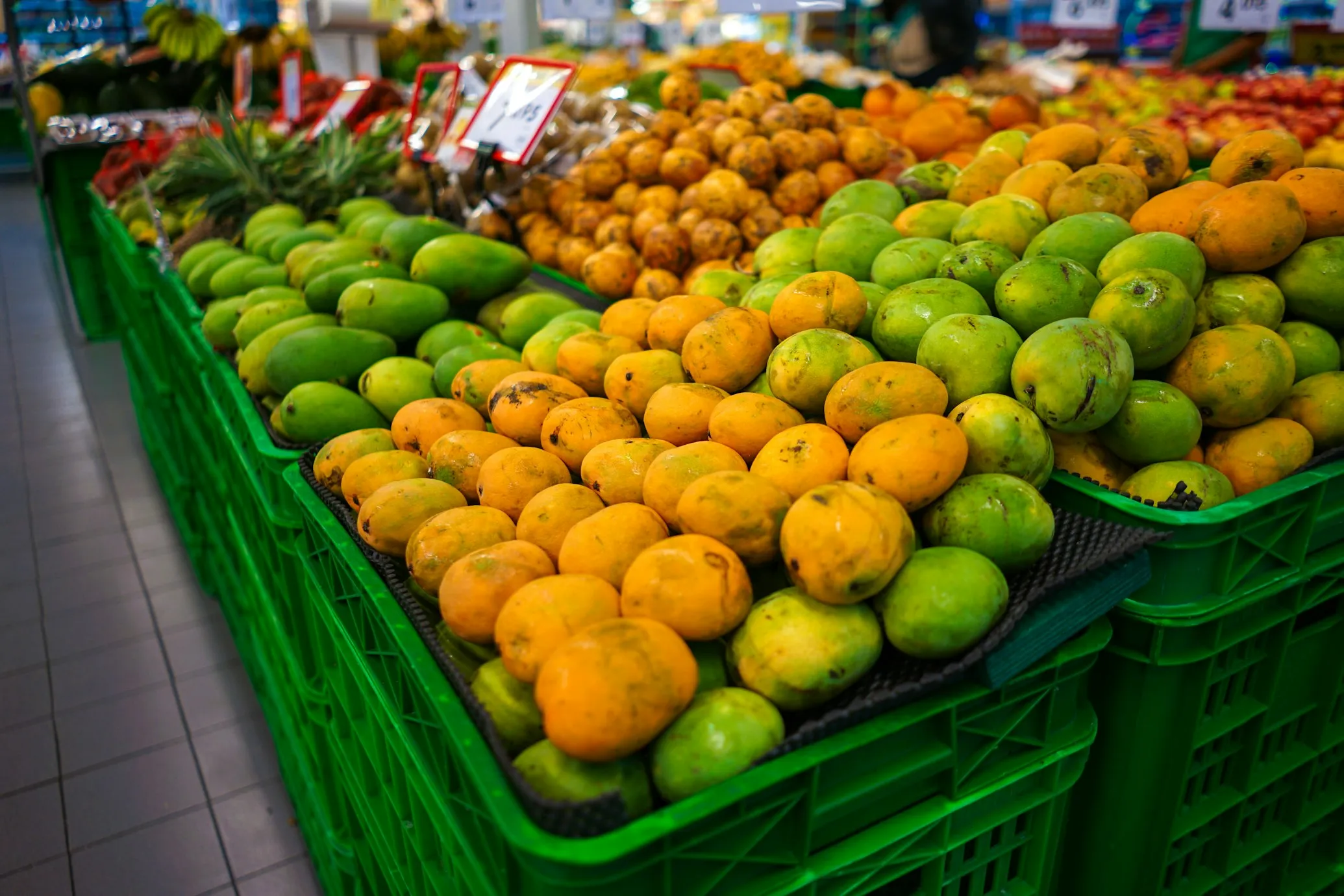 Fikri Rasyid on Unsplash
Fikri Rasyid on Unsplash
Seasonal fruits and veggies are not only cheaper, but also fresher, allowing you to eat better for less.
9. Use Unit Pricing to Compare Costs
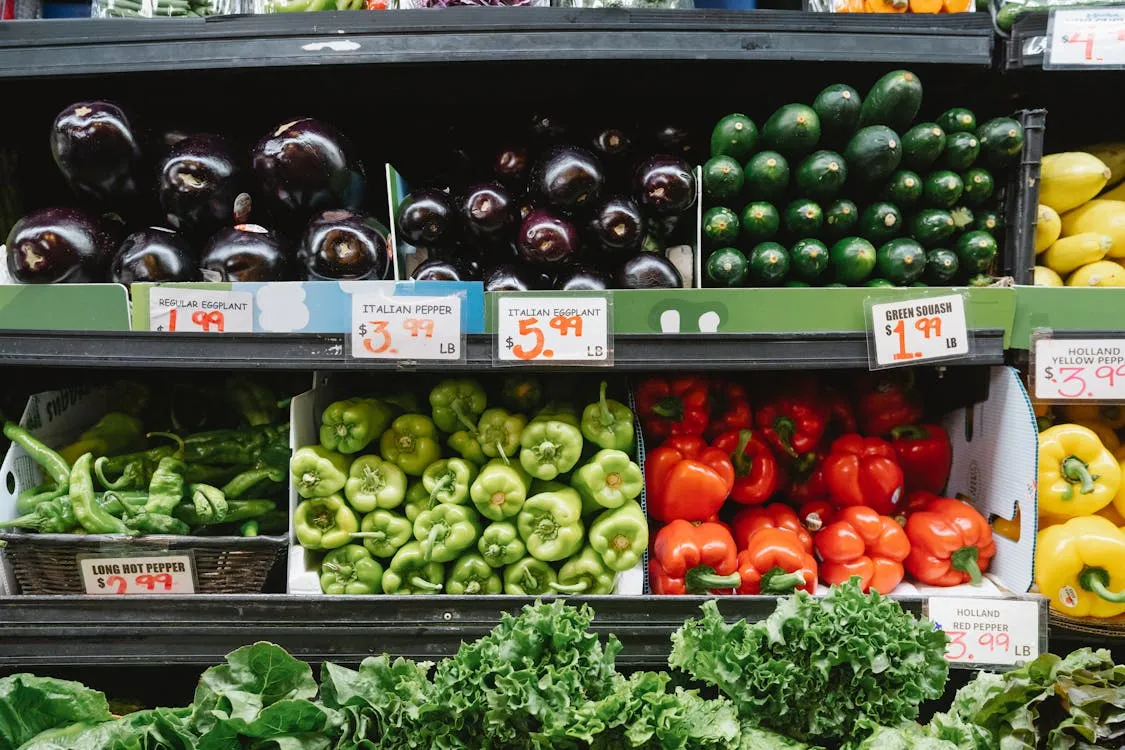 Greta Hoffman on Pexels
Greta Hoffman on Pexels
Make sure to check out the unit prices on shelves to find the best deal per ounce or pound. This ensures you get the most value for your money.
10. Limit Trips to Once a Week
 Greta Hoffman on Pexels
Greta Hoffman on Pexels
Prior to shopping for groceries, plan ahead and purchase items that will last you for at least one week. Doing so will help you avoid multiple trips so you can spend less on transportation costs.